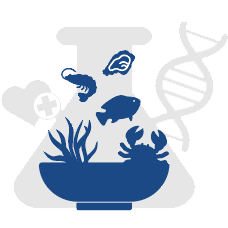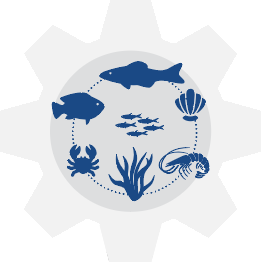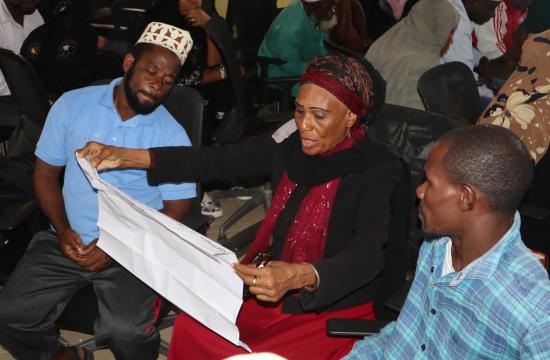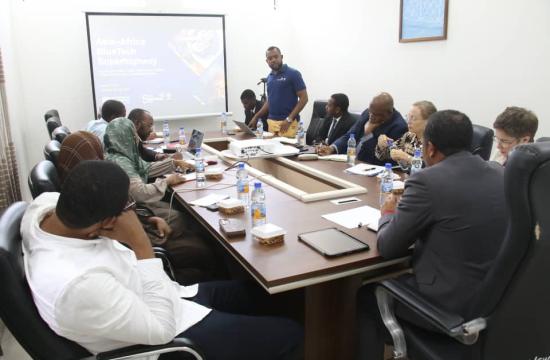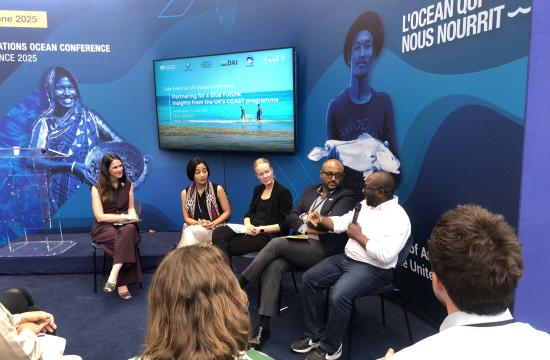Harnessing Aquatic Foods for Healthy People, Healthy Planet, and Shared Prosperity
Big Splashes Over Five Years, 2020–2025
Global Impact from WorldFish Research and Innovations
people, including women and children, nourished adequately with aquatic foods integrated in their diets
women and people from other marginalized groups empowered with greater access to resources, markets, and decision-making in the fisheries and aquaculture sector
households increased their incomes through increased sustainable production of aquatic foods
hectares restored through sustainable/ improved management of natural resources
MT of fish, seaweed, and other aquatic foods produced with reduced greenhouse gas emissions and greater resource efficiency
On behalf of WorldFish I extend our profound sympathy and sincere condolences to the Royal Family’.
The Latest
Stay up-to-date with the latest news and developments in research and innovations across aquatic food systems.
ZANZIBAR Fishers’ Forum: Scientists and Policymakers Hear the Real Story from Fishers
Blog
Fishers at two recent fishers’ forums in Zanzibar said they needed better prices for their fish, as well as support and guidance to improve their catches. Organized…
Nutrition and Public Health, Climate and Environmental Sustainability, Social and Economic Inclusion • 29 Jul 2025
Read MoreUK High Commissioner Visits Zanzibar to See BlueTech Innovation in Action
Updates
British High Commissioner to Tanzania, Marianne Young, and the UK’s Foreign, Commonwealth & Development Office (FCDO) East Africa Head, Lisa Mackie joined WorldFish…
• 28 Jul 2025
Read MoreInsights from Asia-Africa BlueTech Superhighway Contribute to Ocean Action at UNOC
Blog
The 3rd UN Ocean Conference (UNOC) closed out in Nice, June 2–9, seeking to accelerate action and mobilize all actors to conserve and sustainably use the ocean. The Asia…
• 24 Jul 2025
Read MoreBig Facts on Aquatic Foods
600
million number of people around the world who depend on small-scale fisheries and aquaculture for their livelihoods.
204
million tons - the volume of aquatic food production by 2030.
60
million - number of people engaged in the primary sector of fisheries and aquaculture in 2018.
24
trillion - the value of the ocean economy, including fisheries, shipping lanes and tourism.
